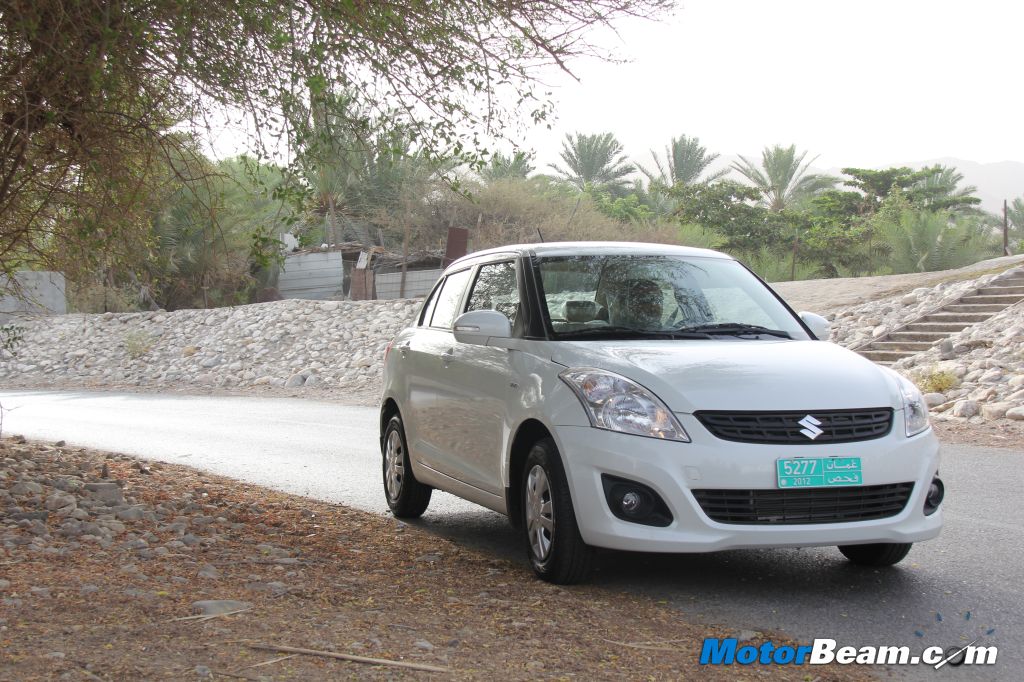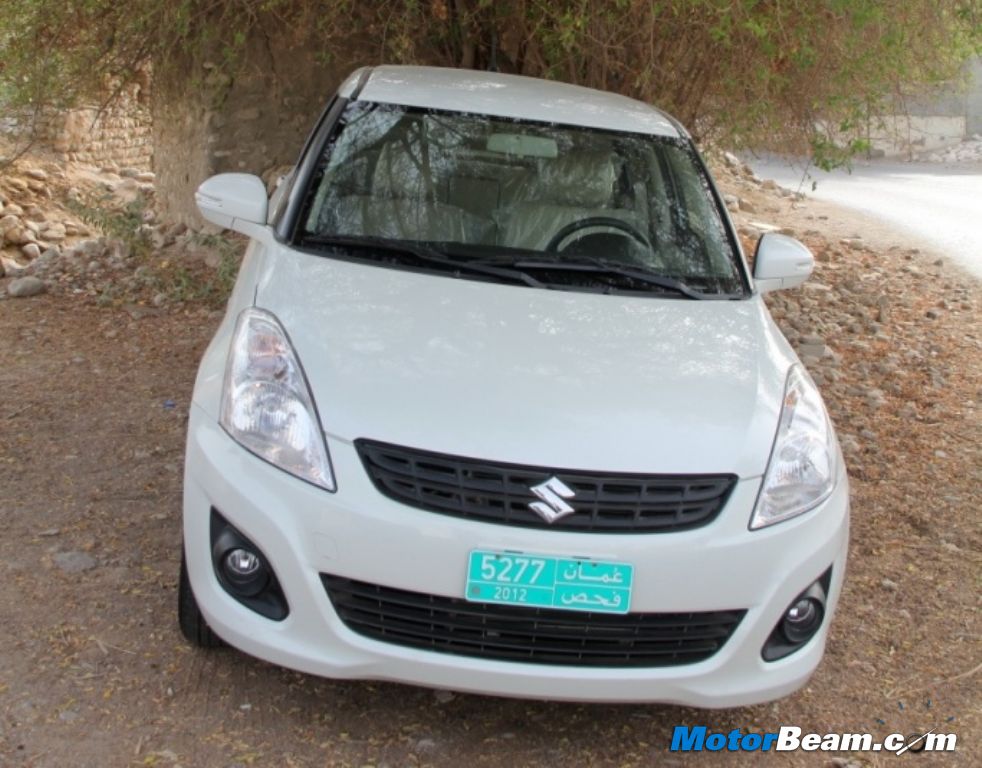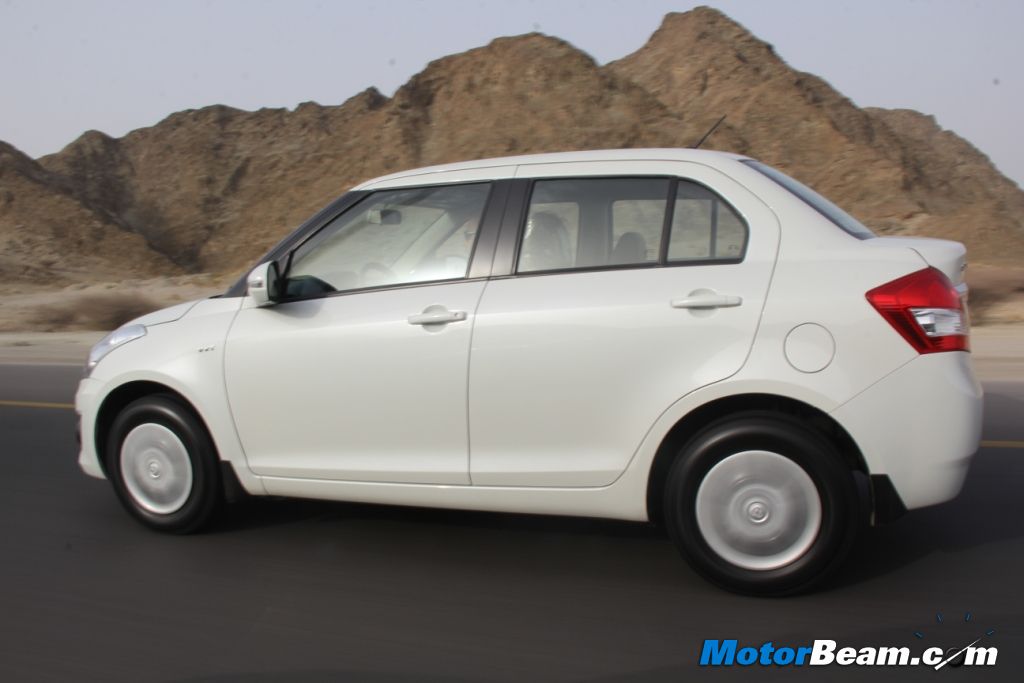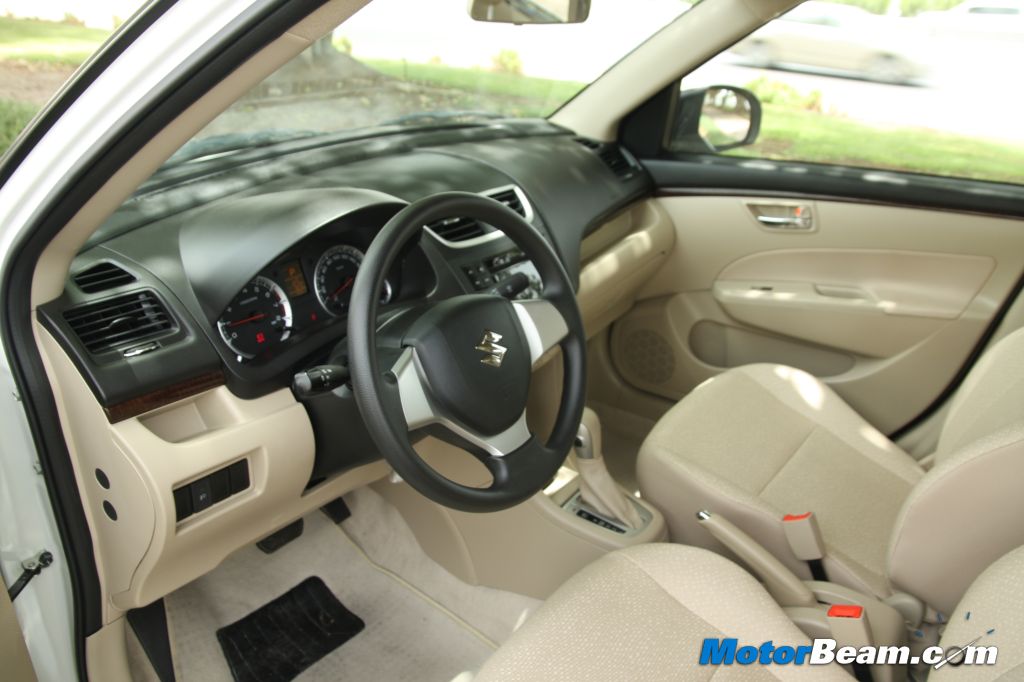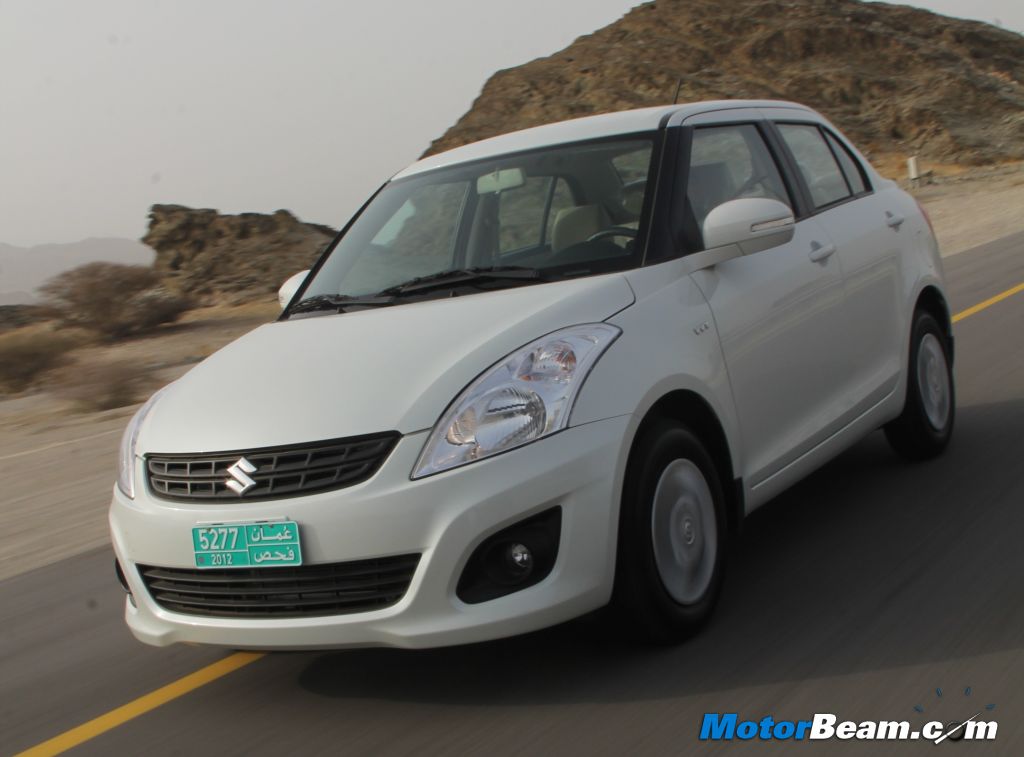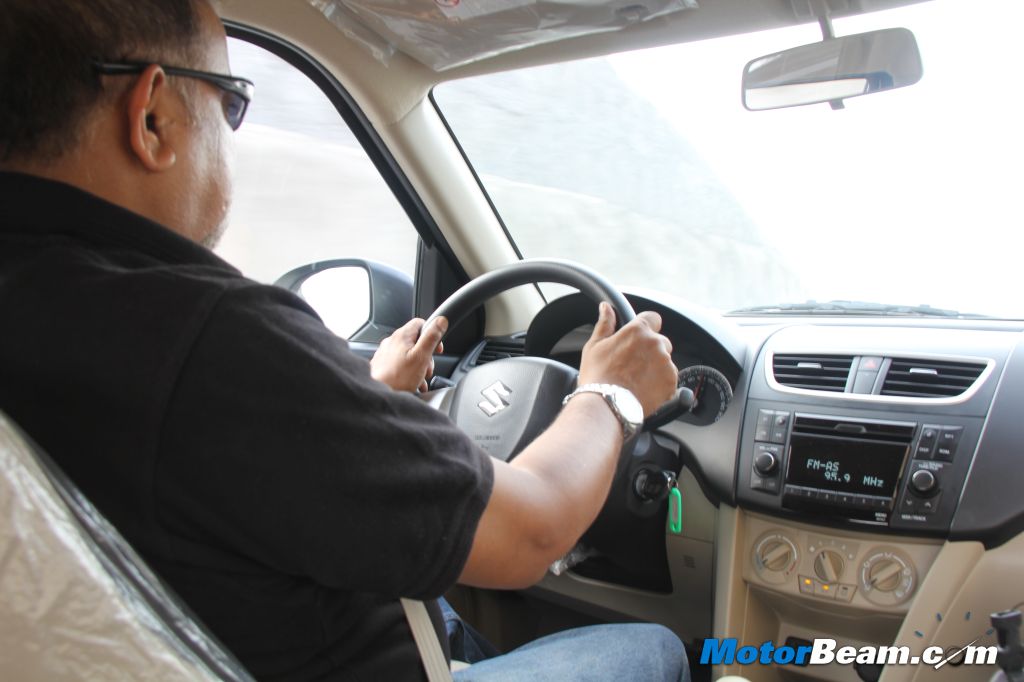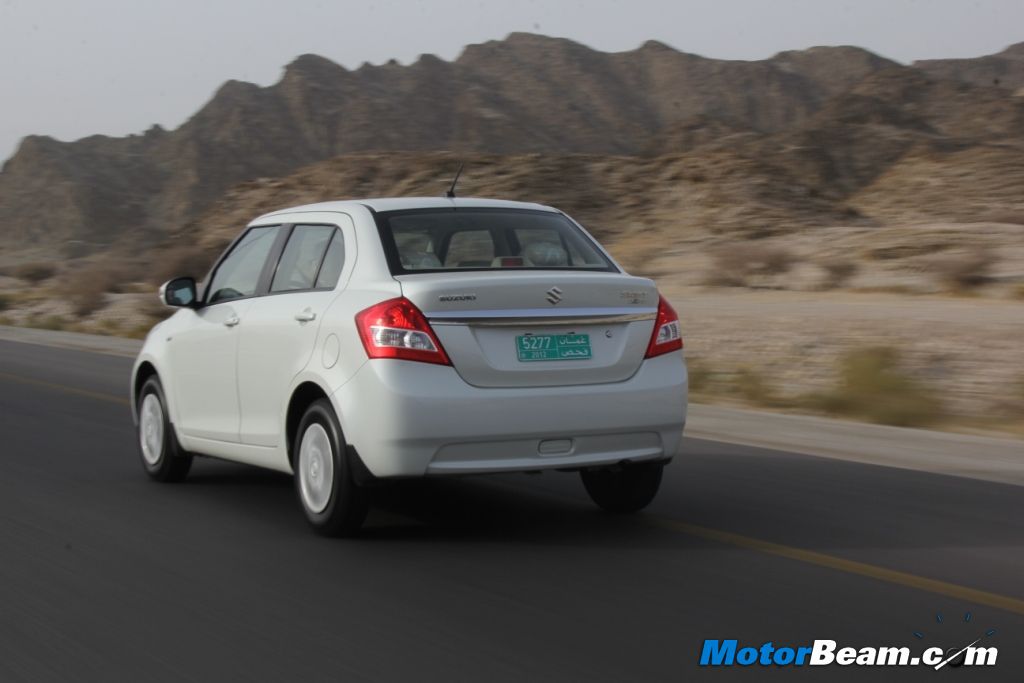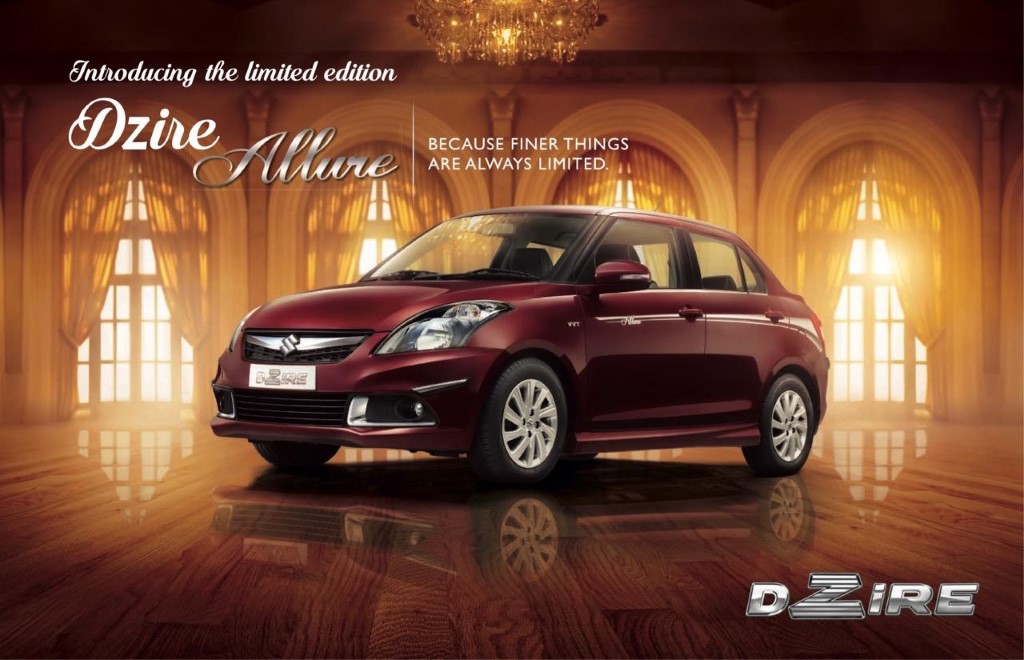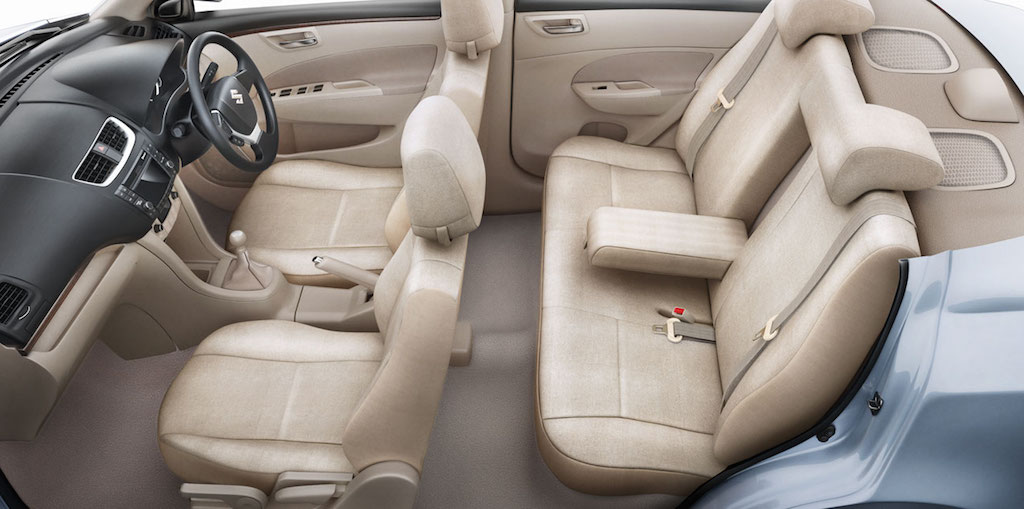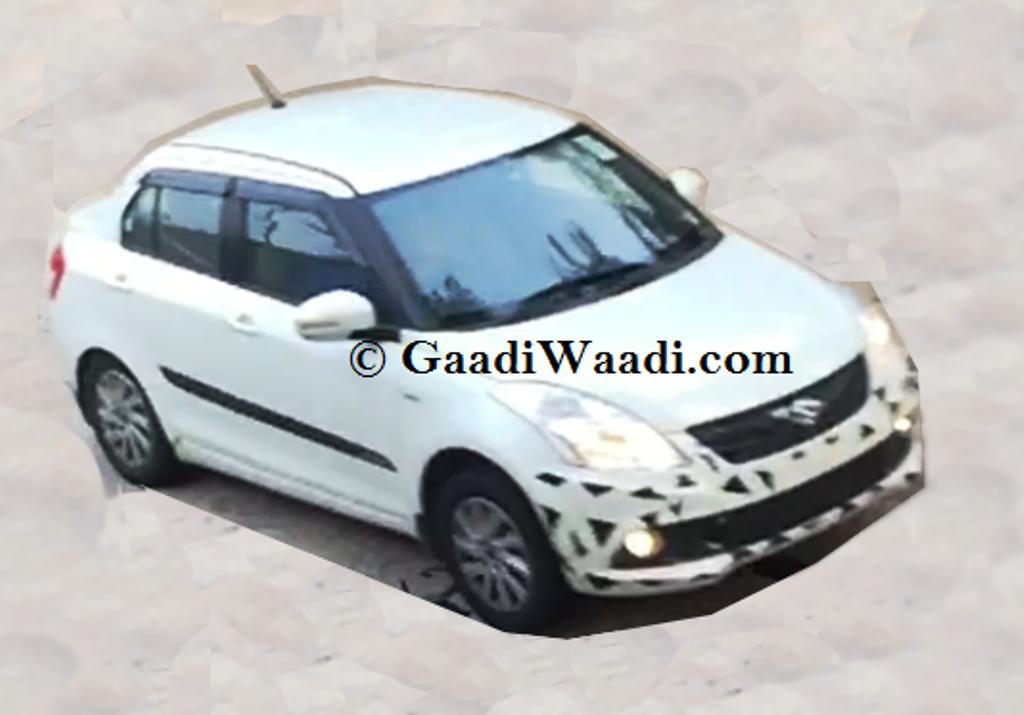Maruti Suzuki Swift DZire Automatic Review
Car tested: 2012 Maruti Suzuki Swift DZire
Price OTR Mumbai: Rs. 7,83,634/-
It’s interesting to witness how the growing clout of (BRIC) countries – Brazil, Russia, India and China in particular beginning to influence global markets. I speak from a Middle East perspective as most of the wealthy countries in the region as I have witnessed since 1998 have shown signs of being quite rigid on particular brands and their products. But as the global economic downturn impacted world economies and a ripple effect also felt in some parts in this region, the fall out was that it made consumers more aware about brands and offerings.
Although Oman by market size and volume is among the smallest compared to other GCC members, it has been the most consistent by far. Oman’s automotive market is beginning show its influence and ability to encourage manufacturers to introduce new brands and models. At the same time, market changes indicate that the Sultanate’s markets are also benefiting from the new global wave of thinking that’s currently prevailing in the automotive industry. This is no better illustrated in the way the focus has shifted from faltering economies such as US or Europe towards promising economies which are currently being led by (BRIC) countries in particular.
What may be seen as brand new first time entries from relatively new players in Oman now are actually products from the industry’s current bright spots in BRIC which have either designed or specifically developed for those markets. The latest in this wave of cars is one from India – the Maruti Swift Dzire. The creation of the Swift Dzire is quite interesting as it came out of necessity. The Maruti Swift Dzire was developed in 2005 (on the previous generation Swift platform) as an in-house project initiated by India’s Maruti Suzuki to design a three-box notchback version of the model under 4,000mm overall length.
The all-new 2012 Maruti Swift DZire introduced in India in February this year is built on the Swift’s new third generation platform. Although the DZire appears more compact than its official 3,995 mm length, most of its dimensions have all increased compared to the previous generation Swift. The width of the car is now 1,695 mm (up 5 mm) and the overall height stands at 1,530 mm (up 25 mm), while the wheelbase is the same as the new Swift’s at 2,430mm. The car rides on 15in alloy wheels shod with 185/65 tyres.
Since, the Swift was originally designed as a hatchback, the idea of creating a variant with a short boot to some may seem like a design afterthought. Suzuki designers worked hard to integrate seamlessly the boot into the overall styling and profile is evident in the compact. In real time, the boot is short by contemporary sedan standards and even has a Bangle-butt which said to be inspired from the Kizashi. The car’s front end is similar to the Swift hatch, but what differentiates is its stylish new bumper, revised front grille and the lower air dam which in this car is more angular and wider. Common parts are the cluster headlamps and blacked out A-pillar.
Considering the price point of this car, the Dzire’s interiors is a massive step up from its potential competitors. It begins with a spacious two-tone black-and-beige trim and looking at materials, fit and finish, it does appear to have been designed with genuine flair. In general the cabin is very well laid out and ergonomics are brilliant and so are essential kit such as the steering wheel, Kizashi-inspired waterfall design centre console, the auto climate control and the integrated audio system with six speakers. But, these new elements along with the new lighter beige and black dual tone color theme give the car’s cabin a much more upmarket feel. There is also the addition of wood finish inserts on the dash and door panels, silver accents, chrome inserts and leather trim have also been thrown in. The car also gets all of the intuitive storage options that were offered in the new Swift.
Front seats are wide, supportive with soft cushioning and come with height adjustment. Front head, shoulder and leg room are quite good. Since the DZire’s roofline slopes down at the rear, we were expecting some compromise in the rear for occupants. However, Suzuki designers have cleverly addressed this issue by changing the angle of the seat back to give occupants better head and leg room. In terms of practicality, the car’s boot offers 316-litres (which is 112 litres more than the Swift). Creation of extra space, however, is limited as the rear seats don’t fold. The only thing it lacks is Bluetooth mobile phone connectivity which is usually available in pricier models.
The front suspension is of McPherson strut with coil spring and rear suspension is of torsion beam with coil spring same as Swift hatchback. Suzuki says that a few modifications in the rear suspension have been done to offset the effects of the additional weight on the rear axle and also improve the ride quality. Safety kit includes EBD, ABS with Brake Assist, Due to the additional structure at the rear, there’s a modest gain in weight, the DZire weighs about 30–35 kg more than the regular hatchback.
Driving impressions – Suzuki is offering a normally-aspirated 1.2-litre 4-cylinder, K-Series engine with variable valve tech on the intake manifold. The power output is 86 BHP at 6,000 RPM and 114 Nm of torque at 4,000 RPM, mated to a 4-speed automatic gearbox with overdrive. During the entire period with the car, it gave an impression of being a bigger car, especially in the powertrain department. The car’s electric power steering is extremely well weighted and precise with lots of feedback which is a surprise as there are very few car manufacturers in the world who have been really been able to induce an element of sportiness in this set-up including expensive models.
For city driving, the Dzire loses none of the agile Swift’s driving appeal despite its extra weight. While overall behaviour of the car is very neutral and there are no nasty surprises, the car remains eager in its road manners. Considering the fact that the Swift hatchback was the base platform for this car which had a sharper and stiffer ride, in the Dzire, it is obvious that the suspension has been re-calibrated to offer a softer and more compliant ride.
While the four-speed automatic is no DSG in terms of response time, it shifts well with smooth shift quality. The engine has been mapped to offer instantaneous throttle response at low revs and the gear ratios appear well distanced for smooth acceleration. Suzuki has clearly dialed in the performance of the car for efficiency and pressing the O/D button disengages the overdrive (fourth) gear, thus making third as top gear. This is a handy feature for commuters driving in road conditions where the gearbox is constantly shifting between the top two gears especially on mountain roads. The braking offered by the front discs and rear drums are adequate but not the sharpest in this segment.
Verdict – India’s Maruti Suzuki has worked really very hard on delivering a complete value package which includes contemporary engineering, quality interiors and overall kit. Given the price point in Oman, all the three Dzire variants available represent great value.


